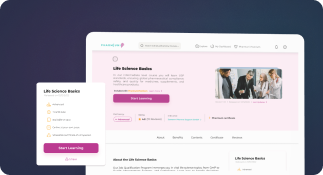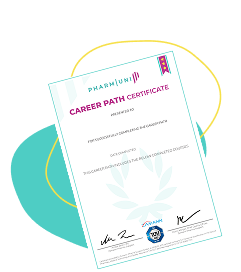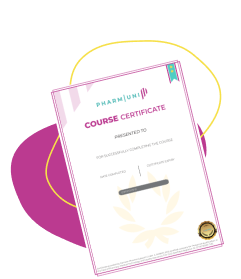Visual Inspection
Definition
Visual inspection is a critical quality control process in pharmaceutical and life sciences manufacturing used to detect visible defects, such as particulate matter, container closure integrity issues, and cosmetic imperfections in sterile drug products. It can be performed manually by trained personnel or through automated inspection systems.
Detailed Explanation
Visual inspection is a regulatory requirement and an essential part of Good Manufacturing Practice (GMP) for ensuring the safety, efficacy, and quality of injectable and other sterile pharmaceutical products. The process involves the examination of finished drug products—typically ampoules, vials, or pre-filled syringes—for visible foreign particulates, container defects, and other anomalies that may compromise product integrity or patient safety.
Types of Visual Inspection
- Manual Inspection: Performed by trained operators under controlled lighting and environmental conditions. Operators rotate and tilt containers to observe for particulates or defects.
- Automated Inspection: Uses high-speed cameras and image analysis software to detect defects with greater consistency and throughput. Often used in high-volume production environments.
Defects Detected During Visual Inspection
Visual inspection targets several categories of defects, including:
- Particulate Matter: Foreign particles that may be intrinsic (from the product), extrinsic (from the environment), or inherent (from packaging or process materials).
- Container Closure Defects: Cracks, chips, improper seals, or misaligned closures that can lead to contamination or product degradation.
- Cosmetic Defects: Surface scratches, discoloration, or labeling issues that may affect product appearance and consumer trust.
Importance in Regulatory Compliance
Regulatory agencies such as the FDA, EMA, and WHO mandate visual inspection as part of the final product release criteria. Guidelines emphasize that all parenteral products must be “essentially free” of visible particulates. Failure to comply can result in product recalls, warning letters, or import bans.
Best Practices and Validation
To ensure consistency and reliability, visual inspection processes must be validated. Key best practices include:
- Qualification of operators through vision testing and defect recognition training.
- Routine challenge sets containing known defects to assess operator performance.
- Use of standardized lighting, background contrast, and inspection times.
- Regular calibration and maintenance of automated inspection systems.
Context of Use
Visual inspection is used across various manufacturing stages, including:
- In-process control: During filling and sealing to detect immediate defects.
- Final product inspection: Prior to release to ensure compliance with specifications.
- Stability studies: To monitor the appearance of particulates or degradation over time.
Challenges and Considerations
While visual inspection is effective, it is also subject to limitations such as human fatigue, variability in judgment, and detection limits. Automated systems mitigate some of these issues but require rigorous setup and validation. A risk-based approach is often applied to determine the appropriate level of inspection based on product type, patient population, and route of administration.



